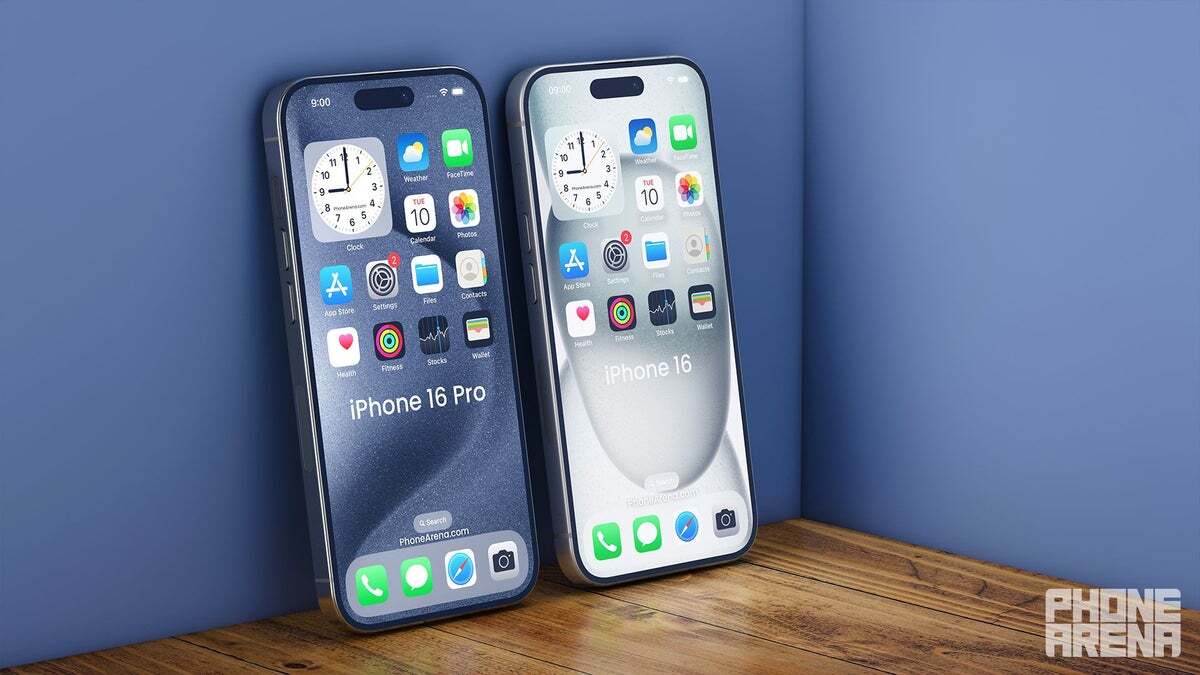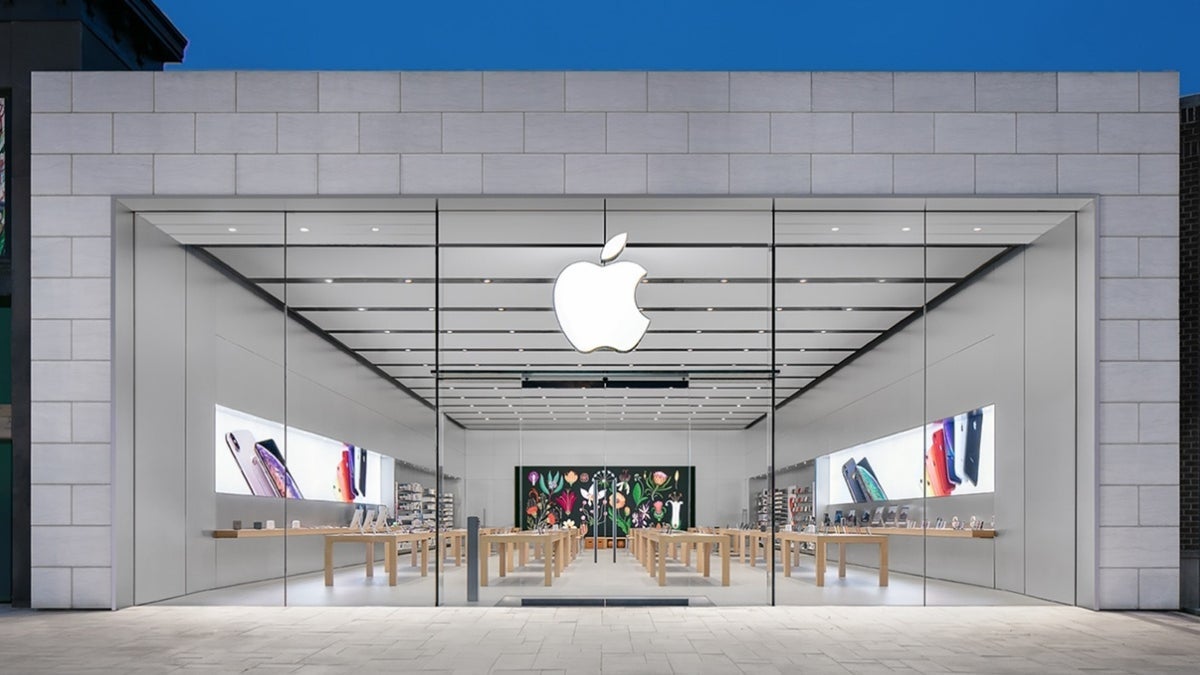Because of this heat generation, the wiring on the bottom part of the panels will have to be bent downward and other changes will have to be made; with these changes, none of the panel suppliers have been able to manufacture the displays with a yield that is acceptable to Apple.

Apple wants to reduce the bezel sizes of the upcoming iPhone 16 series
The report adds that LG Display is turning to two sources to obtain the important Display Driver IC (DDI) chips that it needs for the displays it is making for the iPhone 16 line. The chip controls the display pixels through a thin film transistor (TFT). In the past, LG Display counted on LX Semicon for the DDI chips it needed, but will allegedly turn to Novatech to receive the component later this year.
LG Display’s move is designed to cut costs as it creates competition between the two suppliers which should reduce pricing. LG Display is gaining more business from Apple and is expecting to receive 20% more revenue from its iPhone business year-over-year. Last year LG Display delivered 52.5 million OLED displays to Apple for the iPhone.
Samsung Display should remain the top display supplier for the handset even with the expected increase in LG Display’s orders. Last year Samsung Display delivered close to 150 million OLED panels for the iPhone. The third panel supplier employed by Apple for the iPhone, China’s BOE, sources DDI chips from LX Semicon while Samsung Display remains in-house getting its chips from Samsung Electronics System LSI.
